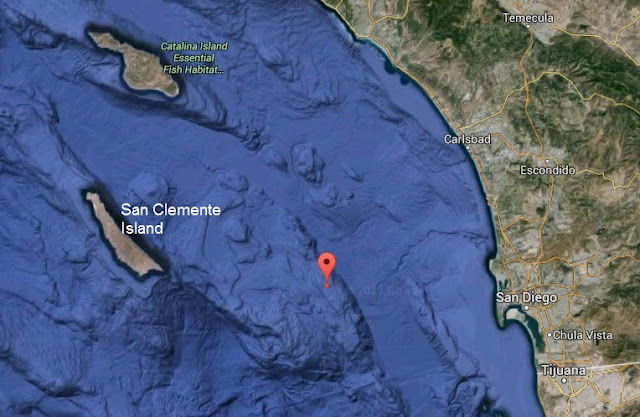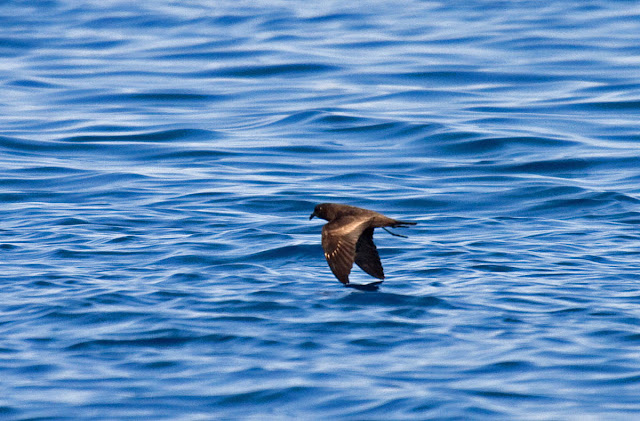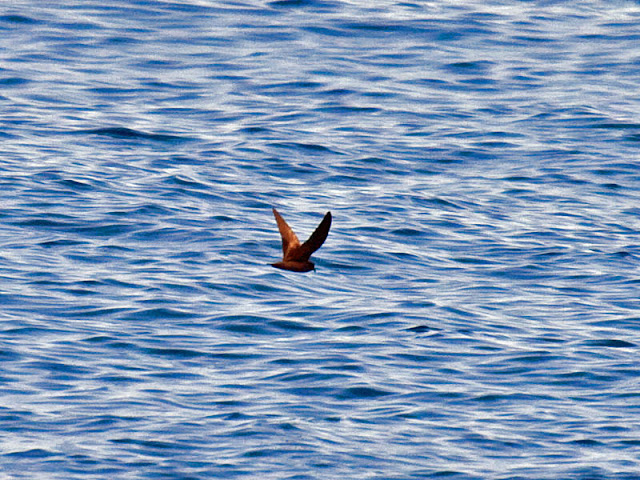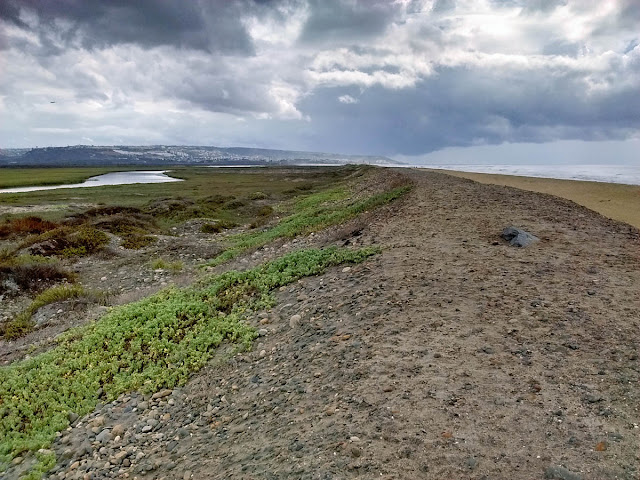I guess I had forgotten that a new Star Wars movie was set to release this winter.
But it's coming!
Star Wars: Episode VII: The Force Awakens trailer
here.
When Star Wars first came out there was nothing else like it. In fact, it may be Star Wars success that spurred the creation of Star Trek movies, starting in 1979.
The original Star Wars came out in May 1977, as I was graduating High School. Oddly, it was titled Episode IV: A New Hope.
Here's what was happening in technology that year that may have piqued interest for a space fantasy movie:
- The first Apple II computers went on sale
- US Dept of defense inaugurates the NAVSTAR GPS system
- The first commercial flight of the London to New York Concord supersonic passenger aircraft
- First MRI scanner
- First NASA space shuttle test flight
- Voyager I and II launched
The time was ripe for a space adventure. (Not technically Science Fiction, as it is not set in a possible Earth future but, rather, "a long time ago in a galaxy far, far, away.")
If you haven't seen this franchise before, or are introducing someone to these films, then I like the suggestion to watch them in a different episode order than they came out (4-6, 1-3), and a different order than they are numbered (1-6). The suggested order is called the Machete order.
The Machete episode order: 4, 5, 2, 3, 6
Skip Episode 1 altogether as explained
here.
Watching in this way preserves all the major plot surprises. It also removes Episode I with the irritating Jar-Jar Binks, the child Anakin, midichlorians, and the unbelievable and over-long pod racing scene. Nothing in Episode I is necessary for plot development of the rest of the film. If anything, skipping Episode I keeps the focus on Luke Skywalker and doesn't get sidetracked telling Darth Vader's "baby" story.
If you're having a Star Wars marathon before seeing the new film in December, you should try viewing the movie episodes this way!






